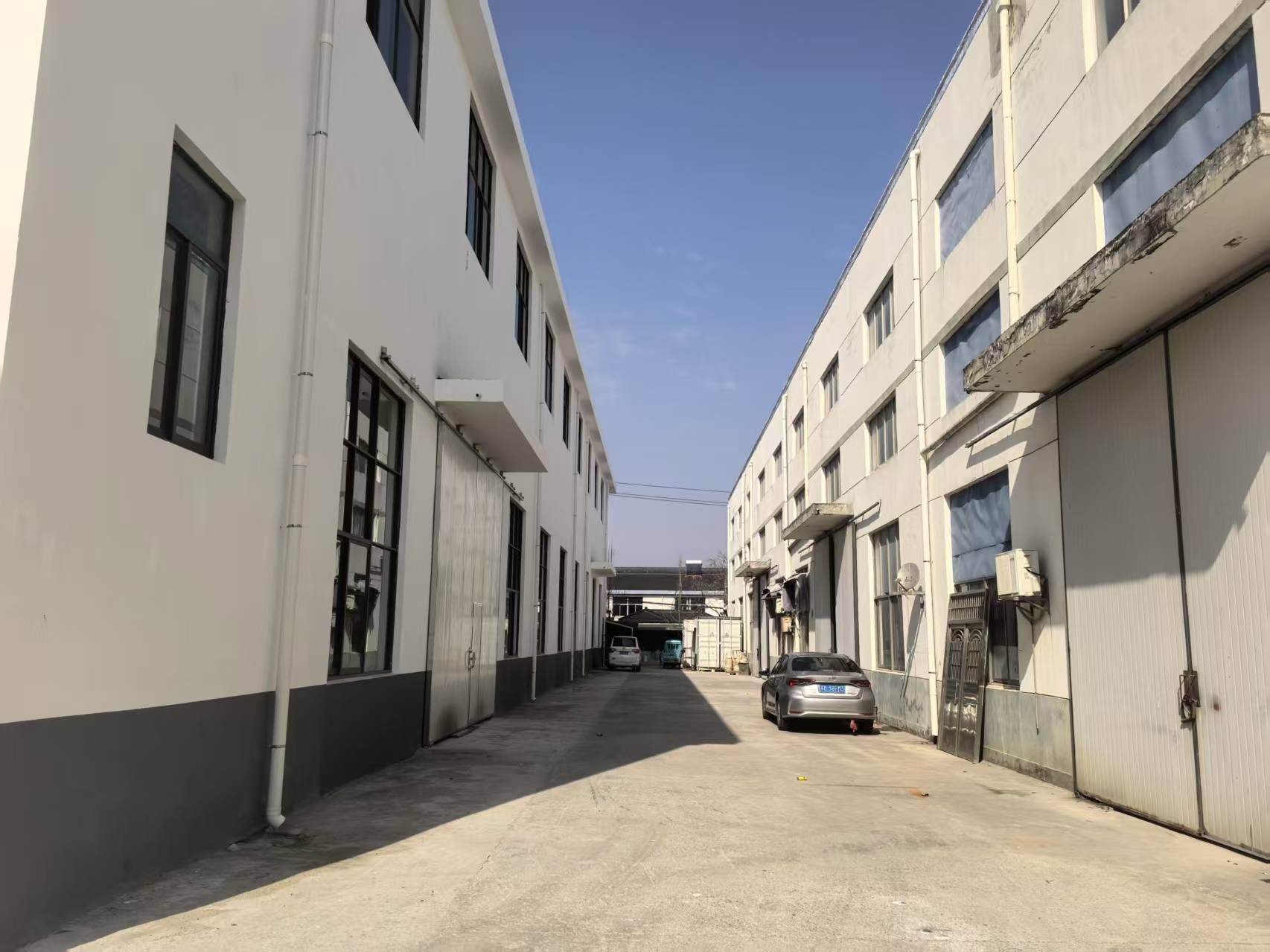
Innovative alloy boast unmatched structural characteristics, positioning them preferable for a varied collection of deployments. Flowing from space and driving to tech hardware, these substances are persistently evolving to satisfy the preconditions of a progressive world.
- Their hardness and against to intense thermal states make them necessary for high-performance devices.
- In addition, technical ceramics contribute positive attributes in terms of lightweighting, contributing the improvement of leading-edge solutions.
Constructing Composites: Assembled for Unmatched Functionality
Assembled ceramics stand out in taxing deployments due to their unique properties. Designed from premium raw materials and passed through thorough processing operations, these advanced compounds present exceptional durability, erosion resistance, and endurance to tough thermal states, decay, and scraping. From flight pieces to carving tools, industrial ceramics provide excellent effectiveness across diverse branches. Their malleability allows enduring demanding environments, guaranteeing tenacity and trustworthiness. As improvement progresses, the demand for cutting-edge components grows, cementing the key part of industrial ceramics in shaping a improved era.
Pioneering Ceramics: Breaking Compound Edges
Composites, showing impressive sturdiness and durability, are engaged in a revolution. Modern ceramics, designed with accurate control over their configuration and small-scale texture, defying the bounds of the total of doable. These compounds exhibit a broad assortment of essentials, substantially aiding them advantageous for rigorous spheres such as aviation, medical science, and energy. From slim parts that persist through extreme temperatures to biocompatible implants that fuse fast with the flesh, advanced ceramics are transforming our context.
Fine Ceramic Creation: Fulfilling Focused Needs
Manufactured ceramic fabrication has advanced remarkably in recent periods, granting the design of multi-dimensional and highly efficient ceramic components. These elements are crucial across a multifaceted range of sectors, including aerospace, biological, and electrical domains. Matching the precise criteria for these operations calls for accurate fabrication practices that guarantee dimensional correctness, surface treatment, and material essentials. State-of-the-art ceramic fabrication processes implement manifold methods, including slip casting, injection molding, and additive manufacturing. These methods permit the manufacture of elaborate layouts and fine details with remarkable uniformity. Above all, advances in material engineering have led to new ceramic designs endowed with improved aspects. These composites possess increased fortitude, survivability, and tolerance to extreme heat conditions, enabling their use in specialized sectors.
The expectations for accurate ceramic fabrication are immense. As research and forward movement carry on, we can await even more modern practices and ceramics that will again stretch the limits of what is achievable in this domain.
Superior Ceramic Forms for Harsh Contexts
Functional ceramic composites offer extraordinary resilience and endurance against extreme locales, making them perfect for taxing purposes in power sectors. These specialized ceramics can face severe heat loads, repel wear, and sustain their structural integrity under critical kinetic pressings. Their incomparable crystalline specifications permit dependable output in hostile circumstances, including fireplaces, combustion engines, and nuclear plants.
- Composite ceramics
- Thermal resistance
- Weight minimization
Composite Ceramics: Blending Rigidity and Functionality
Mixed ceramics furnish a attractive mix of mechanical fortitude and distinct unique attributes. Through the union of ceramic grains within a substrate, these blends achieve remarkable functionality. This synthesis results in heightened defense against high temperature stress, wearing, and chemical degradation, rendering them effective for critical functions in aviation, vehicles, and energy sector arenas. Furthermore, ceramic composites are designed to possess exclusive properties like electrical conductivity or biocompatibility, expanding their reach across diverse industries.
Internal Management in Progressive Ceramics
Reaching intended features in high-tech ceramics consistently demands fastidious management over their microstructure. Diverse refinement variables, including sintering heat intensity, interval, and atmosphere, alongside the inclusion of dopants or additive phases, materially shape the arrangement of crystals, permeability, and other microstructural specifications. Fastidious tailoring of these conditions allows for the amplification of toughness, splitting resistance, and heat transfer conductivity. For example, lifting the sintering thermal setting can foster grain spread, thus increasing crowding and improving mechanical strength. Conversely, regulating the firing atmosphere may change the oxidation form of the ceramic, thereby influencing its electrical transfer or magnetic influences. Comprehending these relationships between microstructure and properties is vital for creating advanced ceramics with optimized functionality suitable for varied scenarios.
Wear-Resistant Ceramics: Boosting Durability
During demanding production areas, where segments are forced to constant abrasion and corrosion, elements with excellent abrasion resistance are urgently necessary. Wear-resistant ceramics have come forth as a dominant resolution, supplying unparalleled robustness and operation in several domains such as fabrication, mining, and aerospace. These modern materials possess a distinctive morphology that strengthens their capability to endure scuffing. By exploiting the intrinsic sturdiness and compression of ceramic elements, engineers can design hardy modules capable of withstanding the most tough operating environments.
Medical-Grade Products: Purposes in Healthcare
Living tissue-compatible ceramics have changed the therapeutic industry, supplying an array of helpful benefits for broad deployments. These elements are bioinert within the flesh, minimizing immunological responses and encouraging wound closure. A prime application for biocompatible ceramics is in joint replacements, where their hardness sustains long-lasting foundation to damaged cells.
In addition, they are leveraged in prosthetic teeth, offering a resilient and beautiful solution for dental implants. Ceramics also possess a key position in drug delivery systems, contributing to the specific release of medicines to specific areas within the body.
- Additionally, biocompatible ceramics are increasingly being studied for biomaterials development, serving as a matrix for recovery.
- Thus, the outlook of biocompatible ceramics in clinical use looks optimistic, with continual research expanding their possibilities.
Ceramic Sensing Technologies: Driving High-Precision Assessments
Smart ceramic detectors have emerged as critical aspects across a broad array of alumina rod industries. These instruments make use of the unique qualities of ceramic types to deliver highly accurate quantifications. Their fortitude in {demanding|harsh| 